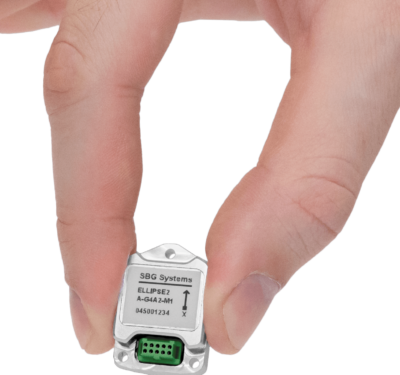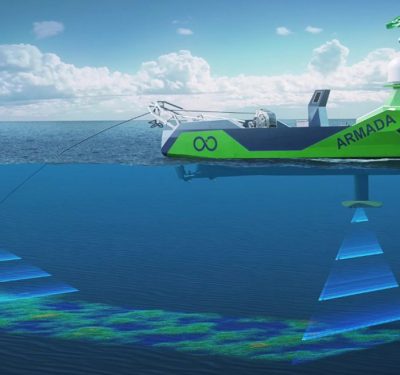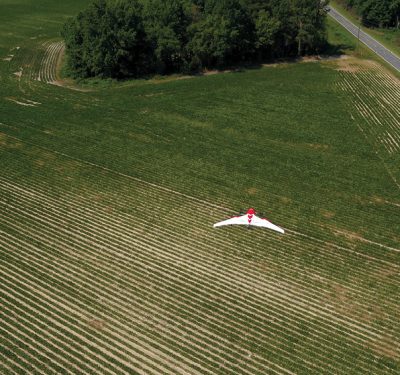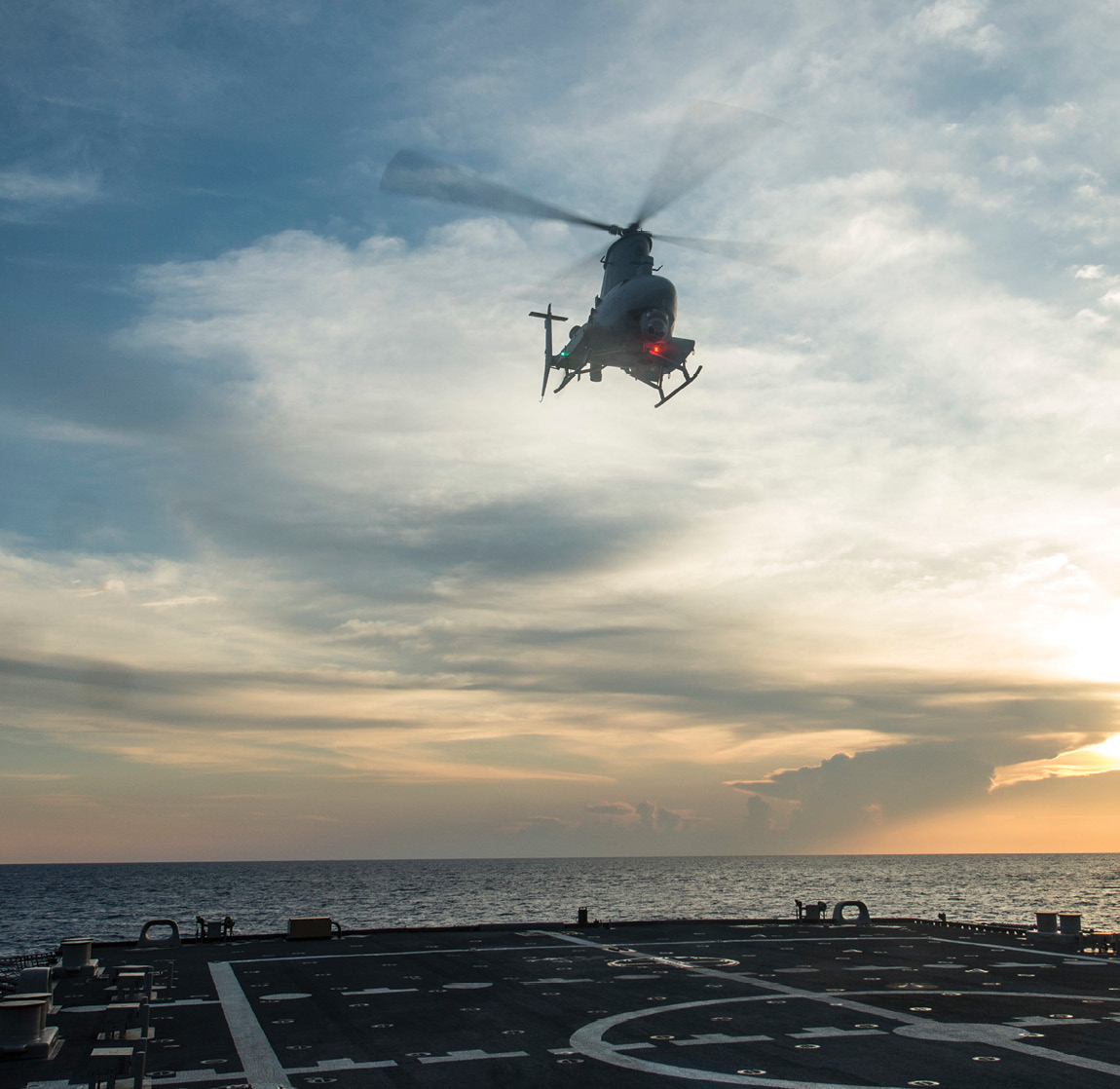
Courtesy of US Navy, Mass Communication Specialist 2nd Class, Joe Bishop
Launched less than a year ago with a tiny staff and huge ambitions, a new unmanned technology enterprise is poised to take off if its backers can nail down its funding.
Those backers, however, are not venture capitalists and it’s located in Washington, DC, not California.
The new Office of the Deputy Assistant Secretary of the Navy for Unmanned Systems (DASN UxS) is one of a pair of high-powered shops created by Navy Secretary Ray Mabus to begin welding the service’s mash-up of independent unmanned programs into a strategic capability worth much more than the sum of its parts.
New Start
Retired Brig. Gen. Frank Kelley, the first DASN for unmanned technology, is charged with nothing less than developing an overarching plan for integrating these systems across a service that operates in the air, on the land and underneath the oceans as well as on their surface. That plan is to be finished by Nov. 13, Kelley told IDGA’s Unmanned Maritime Systems conference in December. Leading up to that will be a broad effort to identify unmet needs and underused innovations.
The first big step in crafting the strategy was developing a vision and goals for unmanned systems across the service, said Kelley’s Chief of Staff Cara LaPointe. That required identifying and bringing together a diverse set of stakeholders—from inside Navy and its research establishments, of course, but also, as it turned out, from other services and offices within the Department of Defense and beyond.
“Your stakeholders are not just traditional players in terms of unmanned systems,” said LaPointe, “it’s also the folks that build and design the ships, that build and design the aircraft, the aircraft carriers and the submarines.”
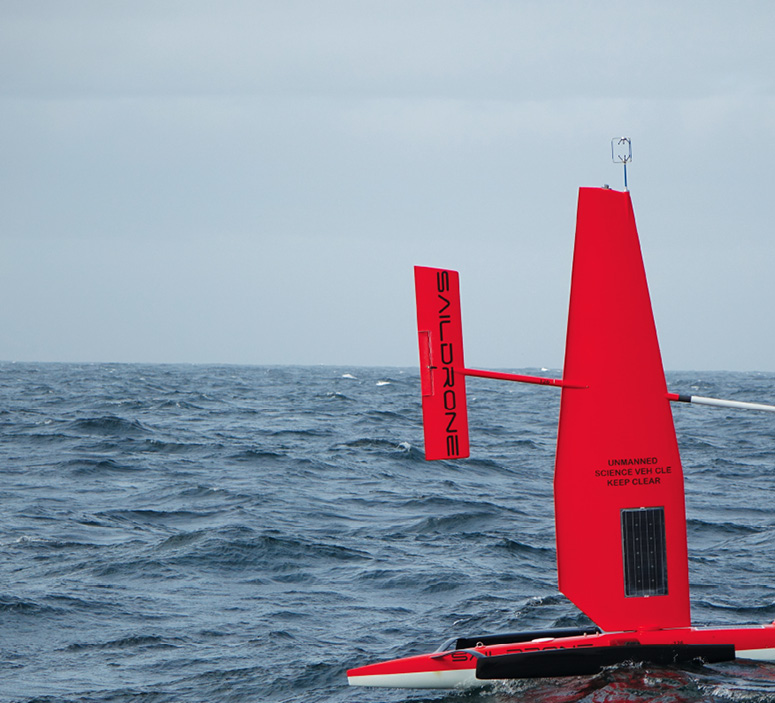
Courtesy US Navy
A draft of those goals has been completed and, as of the end of March, was under review. The current push is to complete the strategy, in the form of a roadmap, a roadmap that will look at where things stand now, where the Navy is going over the next five years—that is over the period of the military’s Future Years Defense Program (FYDP)—and where it should be going from then through 2030.
“I don’t want to be too grandiose or far-reaching,” said Dorothy Engelhardt, DASN’s director of programs, “because technology oftentimes leaps when you least expect it. And so sometimes writing a roadmap that’s 40 years from now—it’s not worth the paper it’s written on.”
New Requirements
Playing a key role throughout the process has been the Navy’s new Unmanned Warfare Systems directorate (OPNAV N99), a rapid prototyping and development shop launched by Mabus alongside DASN to help bridge the gaps in the technology development process.
Led by Rear Admir. Robert Girrier, N99 is divided into two main sections, explained Capt. Thomas Murphy, a program development branch head for unmanned warfare systems. One section, N991, focuses on rapid prototyping and is developing unmanned requirements.
“They’ve done a call out to the fleet to look at requirements that best fit unmanned systems—where there are gaps or they need this technology to help provide a capability,” Murphy said.
N99 then works with the technical experts in the office of the Deputy Assistant Secretary of the Navy for Research Development Test and Evaluation (RDT&E) to develop a list, in priority order, of what’s needed by the war-fighters. Together they look for ways to meet those needs, relying mostly, so far, on technology already developed for the Navy.
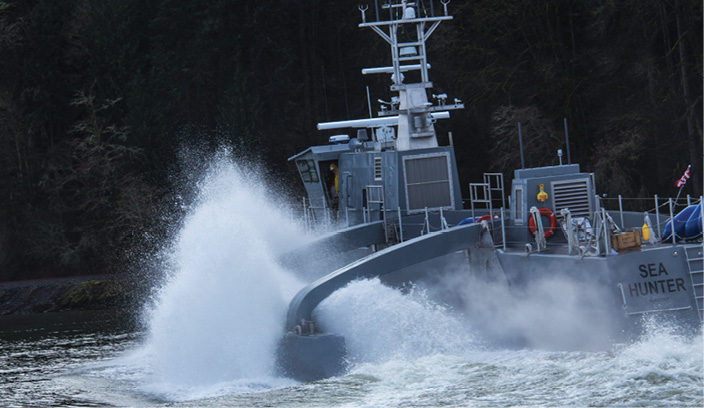
The Sea Hunter
“They work to match up the technologies that are out there to say, ‘These are emerging technologies that are in an area that we can use to prototype and demonstrate, to help fill these needs and kind of collaborate to match those up,’” Murphy said.
Until now this kind of work typically would have been handled in separate directorates, Murphy said. Now there is someone looking across domains so that, for example, a sensor designed for an unmanned aircraft can be repurposed for an autonomous vehicle—searching out ideas that might otherwise be overlooked.
“You have somebody that can tie in a full picture,” Murphy said.
N99 also helps by identifying duplicative efforts and looking for ways to leverage particular strengths.
We’re “kind of pushing each other to make sure we’re innovating in the right technology,” Murphy said.
Rapid Prototyping
Like private sector startups, N991 will do rapid prototyping to determine if an emerging technology will work for a particular mission. It has a working window of two years to determine if the Navy should acquire a particular technology, refine it or drop it from consideration.
That does not mean that technologies that are promising but still immature after two years are dropped, said Murphy. Such projects can be shifted over to section N992, which Murphy leads. His group helps keep potential breakthroughs from getting lost in the ‘valley of death’ where technologies too mature for early research money, but not far enough along to move toward production, languish until they are forgotten.
We would “develop it further to that point where it would have a design, it would be moving toward procurement,” Murphy said.
Kelley, however, is talking about a strategy that goes beyond task-specific requirements and technologies to a matrix of connected devices operating 24/7 that is able to gather, share and act on information across domains.
Engelhardt wants an unmanned aircraft to be able to communicate the reconnaissance information it is gathering to a surface or undersea vehicle in such a way that there is “a very coordinated, almost a networked, approach to where the enemy may be—and maneuver and tactics within that.”
“If I can’t have my widgets talking to one another,” she said, “I’m still limited by those domains. We want to be able to cross-communicate among all our domains in an unmanned world.”

The Sea Robin
Standardize
To make that possible the strategy needs to incorporate common or compatible enabling technologies, like communications systems and software, across the service.
“In other words,” Engelhardt said, “things like open architecture where I can actually take something that may be a shiny object and drop it in a mission profile without having to re-wicker the major software.”
Enabling technology for LaPointe, who spent part of her career doing sensor and weapons integration, also means establishing standards.
“Right now, if you look at the unmanned systems world and certain domains,” she said, “sometimes it feels a little bit like the Wild, Wild West right? We’re still in the days of figuring out if the steering wheel goes on the left or right of the car.”
And how the Navy designs its future ships will be a factor in how easy it will be to integrate new technology.
“Things like decoupling the payloads from the platforms and building in enough margin in your systems in terms of the space and weight and power—all those kinds of margins in terms of the actual ships—so later down the line, as new technologies evolve, you can rapidly bring them into the capital fleet of your ships,” she told Inside Unmanned Systems.
Tech Wish List
And what about managing all the data that a continuously operating network of unmanned systems can produce?
“Let’s say you shoot 30 frames,” Engelhardt said. “Do I need to look at all 30 or do I see something that’s unique? What technology would tell me that something’s different?”
DASN has requested money in fiscal year 2017 (FY17) to specifically support research into data systems, Engelhardt said, including an effort to reach out to companies that may have developed technology like change detection algorithms for other purposes.
DASN UxS also plans to reach out to industry for advances in undersea technology.
“We’re looking at doing a lot of work in the undersea world,” Engelhardt said, “where we will actually go out to industry to actually ask them through RFIs (requests for information) and RFPs (request for proposals) to help build and bring to the table some of these new technologies.”
The key is getting the money, she said. DASN and N99 were a late add for the Navy and launched on a shoestring.
“If that money withstands the wherewithal of congressional scrutiny, “ she said, “then we’ll be busy come FY17 going out and looking for this technology.”
N99 has been focusing, so far, on payloads that can be plugged into existing vehicles. When the group does get into prototyping vehicles it will be trying to keep things modular with standardized plug-and-play capability, said Murphy. This is so, “as the technology advances, we can add better sensors, we can add increased power and energy so that the vehicles can operate longer and can operate more sophisticated or more power-consuming payloads.”
Murphy said N99 would be interested in advances in energy and power—that is better batteries and ways to use those batteries more efficiently.
Autonomy development is also a very, very important area of research, said Murphy, whose background is in the disposal of explosive ordnance—including the use of robots to thwart improvised explosive devices.
“As an organization we try to get it to where these unmanned systems are able to go further, have autonomy to be able to work and act in these areas so that you can extend the distance between the man and the platform or the vehicle itself,” he said.
Reaching Out
N99 is open to meeting with firms with technology they want to present, said Murphy.
“We’ll look at kind of what they want to discuss and then we’ll match up the correct group to meet with them,” he said, suggesting that companies contact their front office (see P. 55).
Firms and researchers can also contact DASN UxS directly (see P. 55) or reach out to some of the organizations with which they work including the Office of Naval Research, Defense Innovation Unit-Experimental (DIUx, see sidebar on P. 54) and the Navy’s University Affiliated Research Centers or UARCs.
DASN RFIs and RFPs will be posted online on the Fed Biz Ops website, said Engelhardt. In addition, as part of its outreach, DASN staff will be attending conferences including AUVSI’s Xponential conference (May 2-5 in New Orleans) and the Sea-Air-Space Exposition (May 16-18 at the Gaylord National Hotel & Convention Center south of Washington, DC).
It was during the Exposition last April that Mabus announced his plans to sharpen the Navy’s focus on unmanned technology by launching these two new organizations.
“The only limit to what this new technology can do for us is our imagination,” he told attendees.
“It’s is a new and exciting unmanned world that I don’t think we, as a generation really have an appreciation for yet,” Engelhardt said, “but I think that will evolve in the next 5 to 10 years—and the next generation will appreciate the cool things that we’re able to do.”


